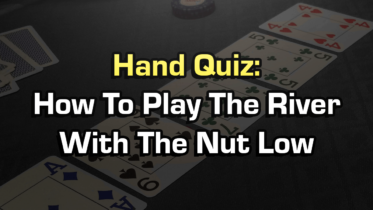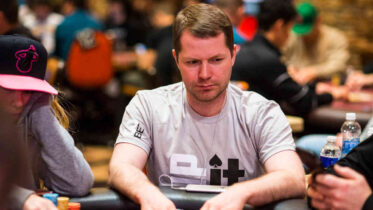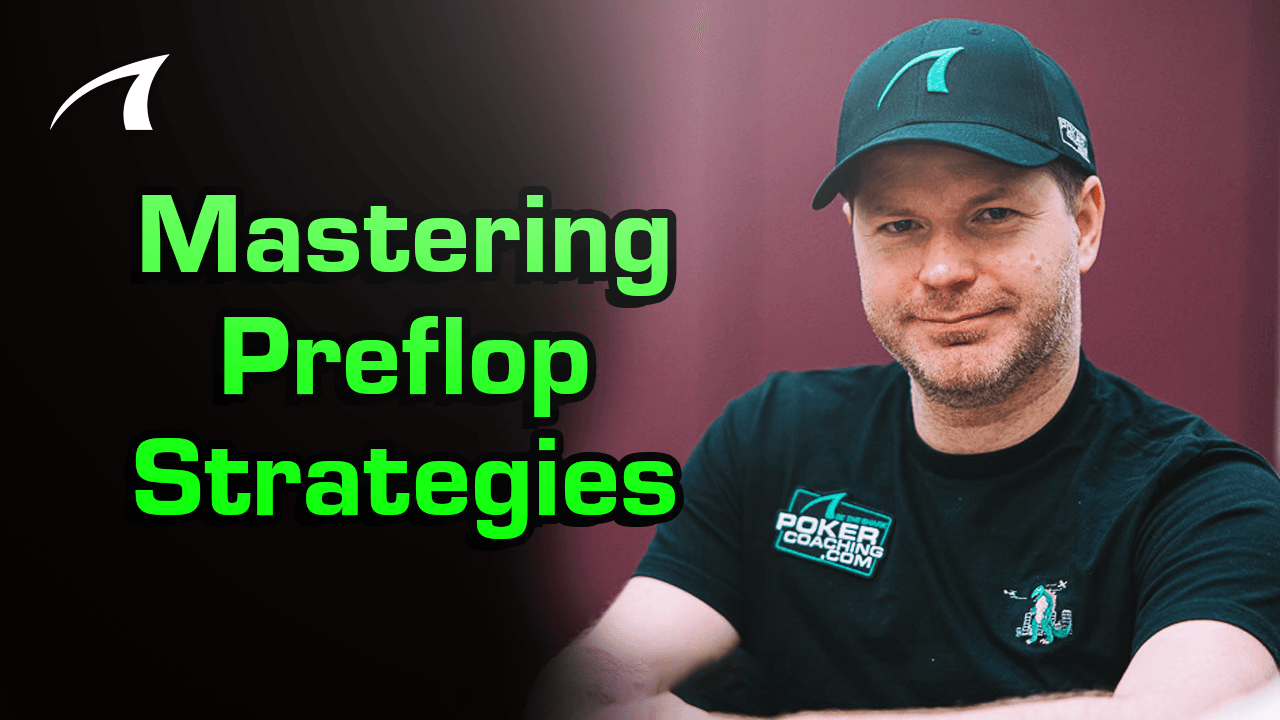Playing blind versus blind is hard enough, but it doesn’t get tougher than when you have to play the hand with the nut low. You can’t have the premium nuts in every hand you play, utilize patience and become familiar with playing hands that may not “get there” by the river.
Scenario: You are six-handed and very deep in a $1,000 buy-in tournament with 20 players remaining out of 1,000 players total. You have 29,400,000 chips with the blinds at 600,000-1,200,000 when it folds around to you in the small blind. You look down at 8♦–4♦. The player in the big blind has roughly the same amount of chips as you.
Playing Blind Versus Blind
The only time folding is reasonable is when you know the player yet to act is a maniac who will raise or reraise most of the time. If your opponent plays reasonably, your hand is too good to fold.
While you may get nervous playing hands like 8♦–4♦ late in tournaments, you must ask yourself if this hand is profitable enough to play. When the answer is yes, you must put your nerves out of your mind and make the proper play. With 8♦–4♦ you can either call or raise, but considering your relatively short stack, calling is optimal.
Action: You call and the big blind checks their option. The flop comes 9♥-7♠-3♦.
Playing The Flop
The Pot: 2,400,000
The Board: 9♥-7♠-3♦
Effective Stack: 23 Big Blinds Effective
What To Do With With Runner-Runner Equity
A large bet is a terrible play because when you get called, you will be in terrible shape. While a 2,000,000 bet forces your opponent to play somewhat straightforwardly, a smaller bet encourages them to stay in the pot with many unpaired hands.
Since many players over-fold when they do not have a pair, you will find that your cheap bluffs pick up the pot far more often than they need to in order to be profitable. If your opponent does call your small flop bet with a wide range, you will often be able to make them fold by the river with additional aggression.
Action: While a bet for 1,200,000 would have been preferred, you elect to bet 2,000,000 and your opponent calls. The turn is the A♥.
Playing The Turn
The Pot: 6,400,000
The Board: 9♥-7♠-3♦-A♥
Effective Stack: 21 Big Blinds Effective
Recognizing A Good Bluff Opportunity
The A♥ provides you with a good bluffing opportunity because your opponent would have likely reraised with most of their best aces before the flop, and they may even fold some of them to a flop bet.
That said, betting 7,000,000 is too big because it loses more than is necessary when you happen to be up against an ace. Betting for 2,000,000 is also not ideal because it is cheap enough that your opponent will call with all sorts of made hands that crush you.
Betting 4,500,000 grows the pot such that it sets up the river for a potential all-in, putting the opponent in a tough spot with all hands worse than an ace, which should be most of their range. Checking and giving up is only the best play if you somehow have a live read that makes it clear that your opponent really likes their hand.
Action: Despite betting 4,500,000 being preferred, you check and your opponent checks behind. The river is the 5♦.
Playing The River
The Pot: 6,400,000
The Board: 9♥-7♠-3♦-A♥-5♦
Effective Stack: 21 Big Blinds Effective
Time To Execute The Bluff
With the nut low, you almost always want to make a big bet when your opponent is unlikely to have a premium hand. That said since you checked the turn, your opponent may opt to call any bet with any pair. Making a medium bet of 4,500,000 could induce a fold from hands like king-high and 10-8, but will still get called by all pairs.
A large bet is the only size that has any chance of getting your opponent to fold a pair, making that bet size ideal.
Conclusion: You bet 7,000,000. Your opponent thinks for a while before folding 10♦-9♦ face up. Nice result. However, if you bet the turn and then went all-in on the river, you would have won more!
Want to check out the hundreds of interactive hand quizzes found on PokerCoaching.com? Check them out here.




